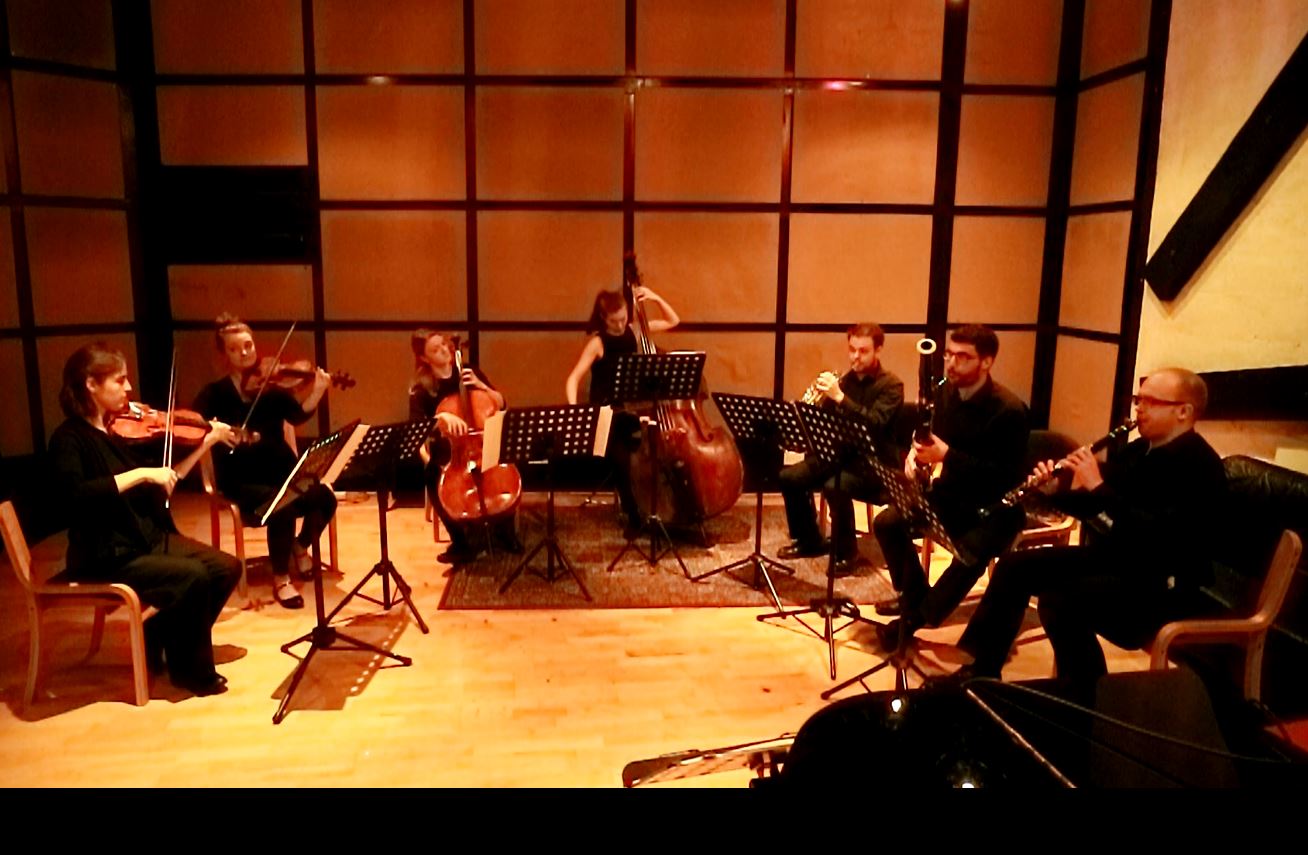Clarinet, Bassoon & Horn Septet - ‘The Beethoven’ Septet
Clarinet / Bassoon / Horn / Violin / Viola / Cello / Double Bass

While various septet combinations appear over the course of classical chamber music history, the Clarinet/Bassoon/Horn/String Trio/Double Bass Septet is perhaps the only one to firmly establish itself as a medium; thanks mostly to Beethoven’s ever popular Septet in Eb major, Op.20. Inspiring generations of composers, it works a treat programmed alongside Schubert’s sublime Oktett in F, D.803 (slightly larger with an additional violinist); however few of the other works for Beethoven’s combination are widely known today. With seven solo voices consisting of the full range of string instruments and three winds, it has a massive colour palette; again verging on a small orchestral texture, while still maintaining the intimacy of solo writing.
Sketched in 1799, but completed in 1800, Beethoven’s Septet was an early work completed just before he became aware of his encroaching deafness. Premiered alongside his first symphony, it is a light-hearted work building on that of his predecessors Haydn and Mozart with the entire Classical serenade and divertimento tradition; the favourite pop music of the mid-late 18thC aristocracy and middle class. While its popularity led to numerous arrangements, Beethoven surprisingly grew increasingly frustrated with its continued success; which he felt overshadowed many of his later achievements! While this feeling never waned, its sole crimes were its youthful charm and immediate appeal. Remaining in the repertoire until this day, it is arguably the finest septet ever written. Probably the most popular work following Beethoven’s masterful combination is that of Swedish romantic composer Franz Berwald (Grand Septet in Bb major); although other works include that of German composer Conradin Kreutzer and French composer Adolphe Blanc.
Among other septets, the grouping also enables the programming of a range of unique inner combinations. Two humorous works stand out in particular. Firstly, Carl Nielsen’s short little gem ‘Serenata in vano’; written as a serenade for lovers, this programmatic work employs five musicians in a Romeo/Juliet-esque manner. The musicians play to lure the fair one out onto the balcony. When she fails to appear they continue in a more languorous strain (Poco adagio). When that also fails and the musicians have played in vain (in vano), they shuffle off home to a little march played for their own amusement! Secondly, Franz Hasenohrl’s genius setting of Richard Strauss in his immensely popular ‘Till Eulenspiegel - einmal anders! Op.28’. Subtitled ‘Grotesque musicale’, it effectively distils what was already Strauss’ most compact orchestral tone poem (Till Eulenspiegel’s Merry Pranks, Op.28, approximately 15 minutes) down to just five players and about 8 minutes. Telling the story of the eponymous medieval trickster-prankster-borderline gangster, this was Hasenohrl’s only published work and quickly became both an audience and musicians’ favourite!
© 2016 Ensemble Mirage | Login
